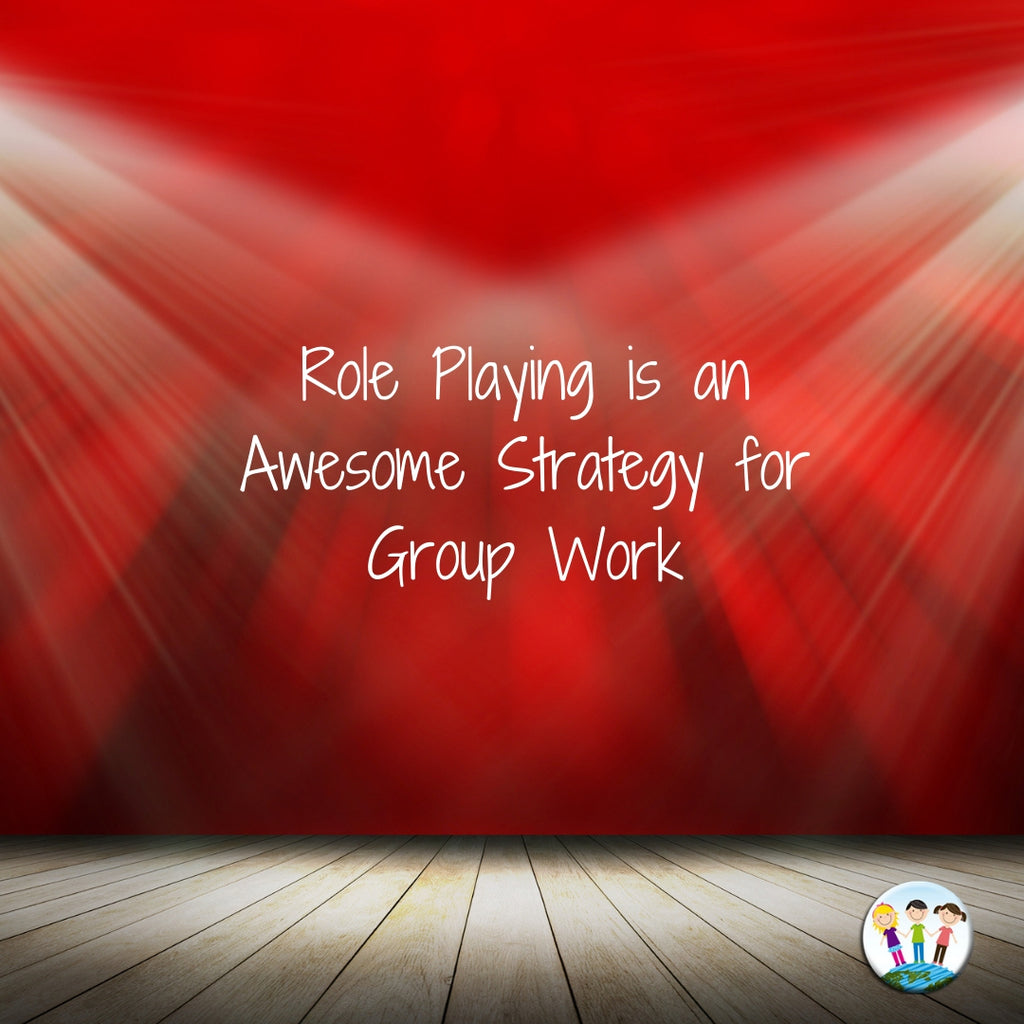Tax included. Shipping calculated at checkout.
News

Role Playing is an Awesome Strategy for Group Work
Jan 17, 2019
Group work is been proven to improve student retention and enhance student learning. In fact, our whole culture is based on team work and working together to solve problems. It makes sense that when people work together (more brainpower) they come up with more ideas, suggestions, and solutions to a problem. But the question remains how do we get children to work together effectively? How...
